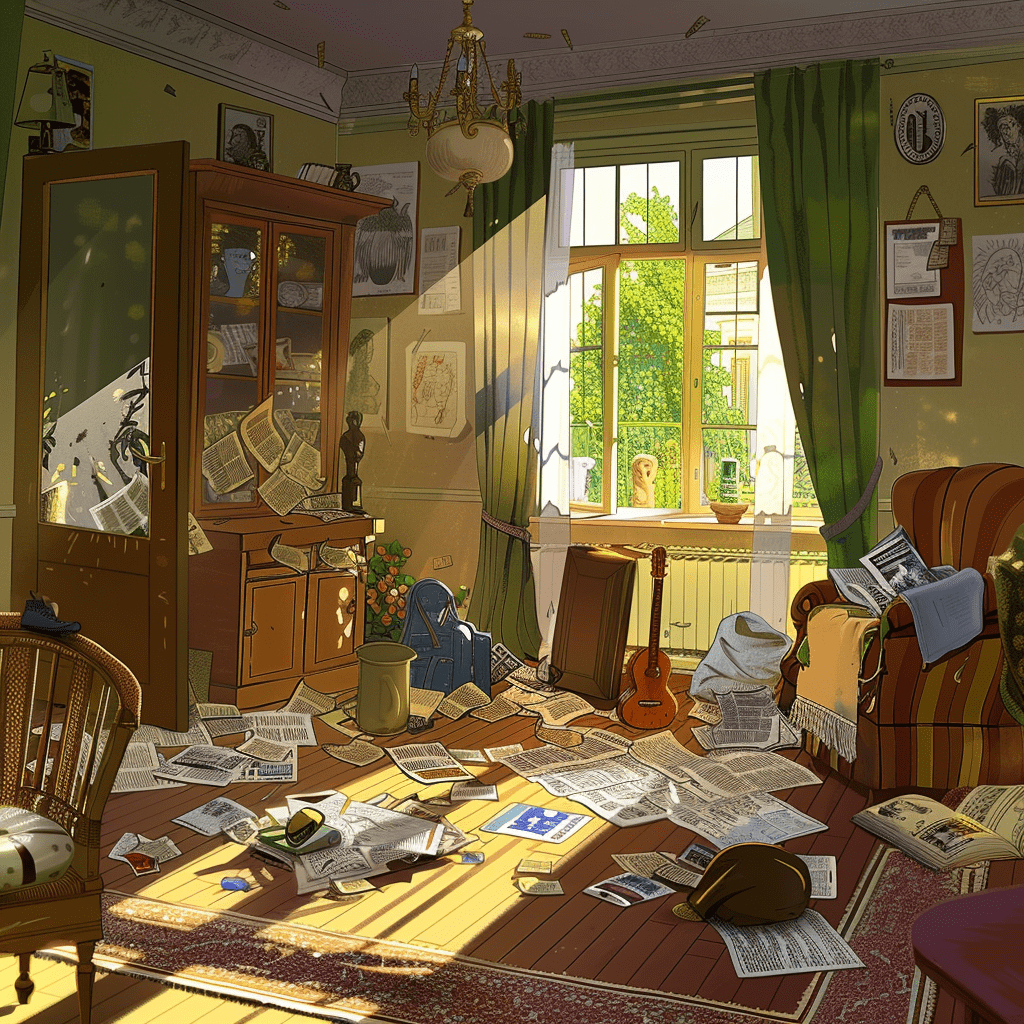Decluttering a home can be a revitalizing experience for adults, but it becomes a different story when young children are part of the equation. Tidying up with kids in tow doesn’t have to be a struggle; it can actually be a wonderful opportunity for teaching them organizing skills and the value of maintaining a clear space. As they learn and participate, children adopt habits that help them manage their belongings and develop a mindset that appreciates a decluttered environment.

The journey to a clutter-free home with kids begins with embracing a strategy that includes them in the process. It is important to consider their attention spans and to turn this into a playful learning experience. Incorporating fun into organizing tasks makes children more willing participants. As they sort through their toys and belongings, they learn decision-making skills and the importance of letting go of items they no longer use or need.
Cultivating a family culture that prioritizes decluttering is also crucial. By setting a regular schedule for tidying and a designated place for every item, children understand the importance of organization. They see firsthand how a decluttered space can lead to a more relaxing and enjoyable living area. This shared experience not only clears the physical space but also builds a more focused and collective family mindset toward maintaining a harmonious household.
Creating a Decluttering Plan
A decluttering plan with young kids in play requires clarity and simplicity. Prioritizing the areas of focus and creating a routine can make the process manageable and even enjoyable.
Understanding the Scope of Clutter
To start, one must assess each room to understand how much clutter exists. A system should be in place to categorize items into groups such as clothes, toys, and books. This step helps parents realize the scale of decluttering needed and which areas to tackle first.
Setting Decluttering Goals
It’s essential to set realistic decluttering goals. They could use a minimalist style guide to decide what to keep and what to let go of, aiming to retain only those items that they truly love and use. Having a visual representation can help, such as:
| Room | Goal |
|---|---|
| Child’s Bedroom | Reduce toys by 50% |
| Living Room | Organize books; clear surfaces |
| Kitchen | Create a functional, clean workspace |
Decluttering Strategies for Busy Parents
Busy parents benefit from breaking down the decluttering process into sections and incorporating it into their routine. They should consider strategies such as:
- Allocating Time: Scheduling 15-minute decluttering sessions each day.
- Storage Solutions: Invest in appropriate storage to keep the remaining items organized.
- Clean As You Go: Encouraging children to clean one section at a time, integrating it into their daily habits.
- Involve the Kids: Make decluttering a family activity by assigning age-appropriate tasks.
By maintaining a schedule and a clear system, they can incrementally reduce the clutter, leading to a cleaner and more organized home environment.
Practical Tips for Decluttering with Young Kids
Decluttering with young children can be a fulfilling activity that teaches organizational skills and the value of a tidy space. By involving them in the process, parents can make decluttering a positive and educational experience.
Sorting and Categorizing Belongings
The first step in decluttering with kids is to help them sort their items into categories such as toys, clothing, and art supplies. Use clear, labeled bins for each category to aid this process. For example:
- Toys: Action figures, dolls, puzzles
- Clothing: Shirts, pants, dresses
- Crafts: Coloring books, crayons, stickers
This visual system helps children understand where everything belongs and makes it easier to keep the space organized.
Teaching Kids about Letting Go
Children often form emotional attachments to their belongings. Encourage them to let go of items they no longer use or need by talking about the benefits of donating. Explain that their toys could become a favorite thing for another child. Create a donate pile and a sell pile where they can place items they’re ready to part with, emphasizing the positive impact of their actions.
Storage and Organization Solutions
To maintain a clean and orderly space, introduce various storage options. Determine the best places for storing items based on how frequently they are used. For toys, consider a rotate toys system in which only a subset is available at one time, storing the rest in a closet or on high shelves. Use bins and drawers within reach for items that children use every day, creating an easily accessible system that encourages them to maintain cleaning habits. Here are a few storage solutions:
- Bins: Label and use for everyday toys.
- Drawer: Assign one for current favorite clothing.
- Closet: Utilize for out-of-rotation toys and off-season clothing.
These solutions help maximize storage space and maintain a clutter-free environment.
I’m Cartez Augustus, a content creator based in Houston, Texas. Recently, I’ve been delving into different content marketing niches to achieve significant website growth. I enjoy experimenting with AI, SEO, and PPC. Creating content has been an exciting journey, enabling me to connect with individuals who possess a wealth of knowledge in these fields.

